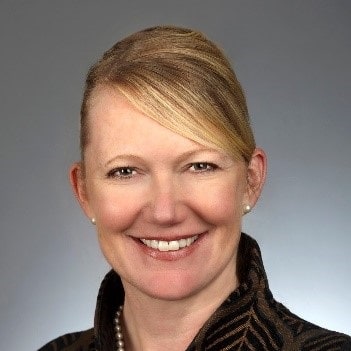Energy delivery is changing with externally owned Distributed Energy Resources (DER) having a bigger presence in the marketplace. In states like California, Arizona and North Carolina upwards of 60% of existing or scheduled DER is third-party-owned and operated.
These statistics will only grow as increasingly more states, counties and cities introduce some form of clean energy policy. In addition, we are seeing C&I customers looking to enhance their sustainability targets (e.g., Amazon 2040 net carbon pledge, Volkswagen Group’s 2050 carbon-neutral goal), and utilities setting their own clean energy goals (e.g., Xcel Energy 100% Clean Energy by 2050, Dominion net-zero emissions by 2050). Lastly, technologies are also maturing which in turn is enabling greater efficiency and controllability of DER sources.
While power flow itself is still primarily the realm of the utility, the stakeholder ecosystem delivering that flow is growing, and relationships are becoming increasingly more complex. The one-way, traditional relationship of utility supplier to consumer is shifting. The first challengers to utility-scale generators – typically transmission connected – came through PURPA, Regional Transmission Organization markets, or Purchase Power Agreements.
The consumer as connected-anywhere-prosumer is next with an increased bring your own generation device (“BYOD”) mindset. Lastly, emerging classes of externally owned DERs are on the horizon such as is the case with commercial fleets providing vehicle-to-grid (V2G) service. These stakeholders enter the market with their own interests. They have diverse perspectives, motivations, and expectations. As their voices get louder, so does the potential impact to utility planning and operations.
However, while seemingly disruptive, each stakeholder brings opportunity if there is a relationship with a common purpose and joint benefit. To realize this potential requires a shift in mindset and a deliberate move from articulating positions to understanding and over time, building on each other’s values. This is especially true as stakeholders’ roles inch closer to the core utility responsibility of delivering safe, reliable power. Think of curtailment and dispatch during times of high generation and low load with multiple parties impacted.
While sometimes uncomfortable, identifying the stakeholder ecosystem and developing an inclusive strategy and engagement framework can provide insights to support utility goals – ultimately moving from debate to co-operate.
With over 25 years of experience, Susan Christensen Wimer has worked across industries with companies such as Accenture, Constellation Energy/Exelon, Duke Energy, Hydro One, Owens-Illinois, Pacific Gas & Electric, Portland General Electric, Salesforce, and Rio Tinto to deliver successful change programs. Her passion is guiding businesses and individuals to see and action their potential given the changing workplace and world. She is a founder and leader of the Masthead Group, engages in helping organizations and people change, disrupt, grow and thrive in these dynamic times. Susan also works with the global energy consulting firm, Modern Grid Solutions, as a Principal Consultant lending her deep subject matter expertise to several North American utility clients.

